I don’t want to go too long without telling you a little bit about what we’re doing here. I don’t really remember the last thing I told you about the details of the trip, so I’ll bullet a few highlights to get you all caught up.
Yesterday we talked with professors and students at a Teachers Training College. It was a nice interaction (this is one of our buzz words for the trip – it is on our schedule at least twice a day!), for the most part, but once again we didn’t have enough time to talk to everyone. Lots of local principals and teachers who are alums were also present, and I think they tried their best to give us a happy picture of what is happening in classrooms in India. Many of them still whispered to us (without the mic) that the ideal isn’t happening yet, and that after learning innovative strategies in the College they usually end up using lecture method in their jobs. We learned that they are growing a Special Education system similar to ours, with a Learning Resource Center like ours where students get individual attention, and they can also get accommodations on their exams. When I asked about choosing teaching as a profession (since almost none of the secondary students I’ve met say they WANT to be teachers), one woman described that it is like learning to love your husband in an arranged marriage … you learn to love teaching when it is the career you are in. Others disagreed and declared their passion, which I believe. But I believe the marriage analogy, too.
Day before yesterday we went to the Atomic Energy complex, which is like a whole separate city behind these gates that keep the scientist employees of the government (and their families) inside. There are six schools for students in KG-10, and one junior college for all students in Class 11 and 12. I visited the latter and went into every single classroom with my colleague to say hello. The most notable thing I learned at this school was the difference between the students in the two strands. Since these students all have parents who work on Atomic Energy, it’s not hard to imagine that about 75% of them have chosen the science strand for their higher secondary studies. These students were very interactive, had questions for the two New York strangers who interrupted class, and joked with us about the perceived apathy of students in the U.S. But the students who choose the commerce strand were less so. They didn’t have any questions for us, almost refused to interact with us, and didn’t even care to understand what we were saying. I don’t know if that is because of the strand they have chosen or just some quirky personality divide, but my friend and I thought it interesting.
I have learned about so many service opportunities for our school (and our advisory!). I can’t wait to tell you all about Kiva (you can check it out at kiva.org) which is where we’ll start an account and be able to help provide micro-loans to people all across the world who need a little money to help make a better life for themselves. We saw some businesses here in Mumbai that are beneficiaries of the program and I am even more motivated to start it up. I also want to get a peace pole for our school … I’ve seen so many in this country it makes me realize how much of a globalizing force it can be. What better way to bring people together than to commit to peace together?
Finally I must tell you about a set of commercials that have my mind spinning a lot lately. As I have written about briefly, there is still a sense of class-ism, a shadow of the caste system, and a sense of the Have’s and the Have-Not’s here in India (as I’m convinced there is in most places on this Earth). One interesting characteristic of the “ism” here is the connection to skin color – partly because of the infusion on Anglican blood into many of the upper-class families while the British were here, there is a visible light-ness to the skin of many (though not all) of the more privileged people here. To that end the billboards and commercials (and movies, now that I think about it) have mostly lighter-skinned Indians. But it doesn’t end there. There are lotions being pushed as skin-whitners. Crazy, isn’t it? While Americans are spending millions of dollars a year to make their skin look darker, Olay and Nivea are selling creams to help those interested Indians make their skin lighter. Not everyone buys into it, though. My friend laughed when we asked him about the whole thing. “Why would I do that?,” he asked. It seems illogical, but the motivation seems apparent.
Subscribe to:
Post Comments (Atom)




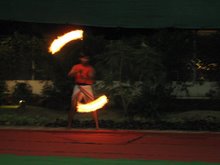








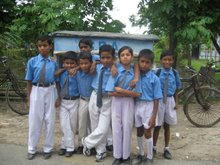




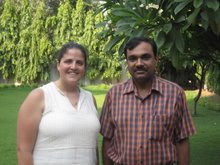
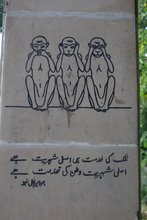
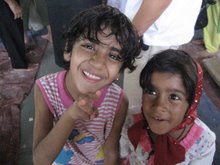

1 comment:
This is great info to know.
Post a Comment